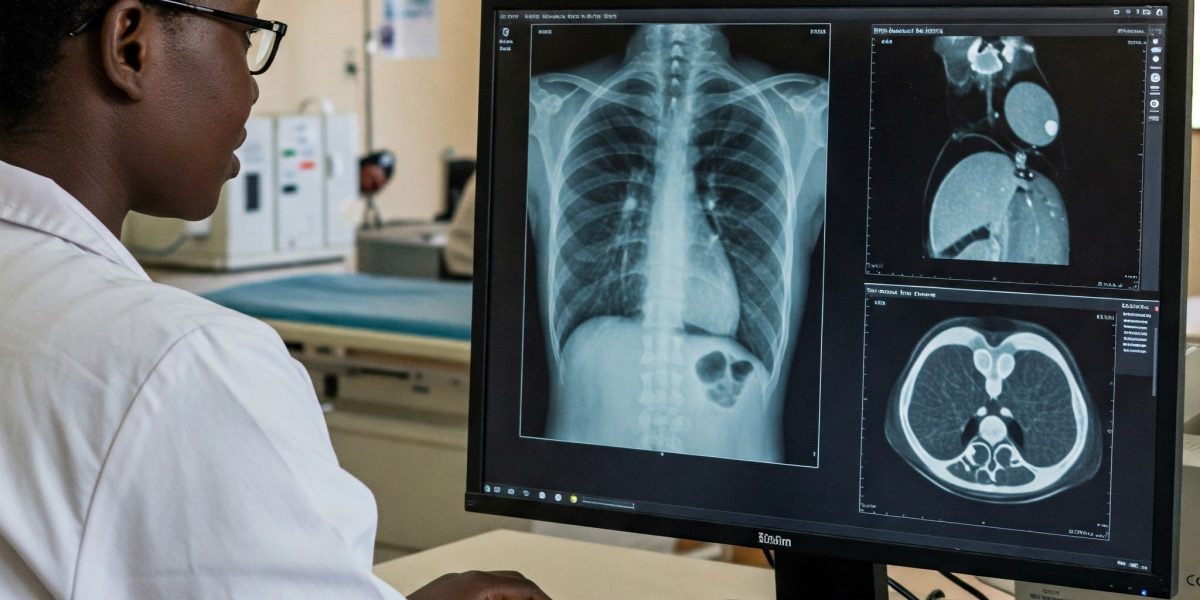IICS Technologies is dedicated to ensuring its customers get the best customer support services they will ever get from anywhere. Maintaining software applications in an office environment is crucial for ensuring smooth business operations, data security, and optimal performance. Here are some best practices for maintaining software applications in an office:
Regular Updates and Patch Management:Keep all software applications up to date with the latest patches and updates. Regularly check for updates from vendors and apply them promptly to address security vulnerabilities and improve performance.
Version Control:Implement version control systems for your software projects. This helps track changes, collaborate efficiently, and revert to previous versions if necessary.
Backup and Disaster Recovery:Regularly back up critical data and ensure that backup systems are in place. Develop and test a disaster recovery plan to minimize downtime in case of data loss or system failures.
Security Audits and Vulnerability Assessments:Conduct regular security audits and vulnerability assessments to identify and address potential security threats. This includes checking for software vulnerabilities and ensuring that security measures are up to industry standards.
User Training:Provide training to employees on how to use software applications effectively and securely. Educate them on best practices, security measures, and any updates in the software they use.
License Management:Keep track of software licenses to ensure compliance with vendor agreements. This helps avoid legal issues and ensures that the organization is using software legally.
Performance Monitoring:Implement monitoring tools to track the performance of software applications. This includes monitoring for slow response times, system errors, and other performance issues.
Documentation:Maintain comprehensive documentation for all software applications. This should include installation guides, configuration settings, troubleshooting procedures, and any customizations made.
Change Management:Establish a formal change management process to track and manage modifications to software applications. This helps prevent unexpected issues and ensures that changes are implemented smoothly.
Collaboration and Communication:Foster open communication between the IT department and end-users. Encourage employees to report any issues promptly, and ensure that there are channels for IT support and feedback.
Software Asset Management:Implement software asset management practices to keep track of software usage, licenses, and installations. This helps optimize software costs and ensures compliance.
Cloud-Based Solutions:Consider using cloud-based solutions, which often come with automatic updates and scalable resources. Cloud services can also provide improved accessibility and collaboration.
Regular Health Checks:Conduct regular health checks on servers, databases, and other infrastructure components that support your software applications. This proactive approach helps identify and address potential issues before they impact performance.
Retirement Planning:Plan for the retirement of outdated or unsupported software. This includes migrating to newer versions or finding alternative solutions to ensure ongoing support and security.
By implementing these best practices, you can help ensure the stability, security, and optimal performance of software applications in your office environment. Regular maintenance and proactive measures contribute to a more reliable and efficient IT infrastructure.
Contact us today for help in maintaining your software applications with the best re-engineering services from our expert team of software developers.





